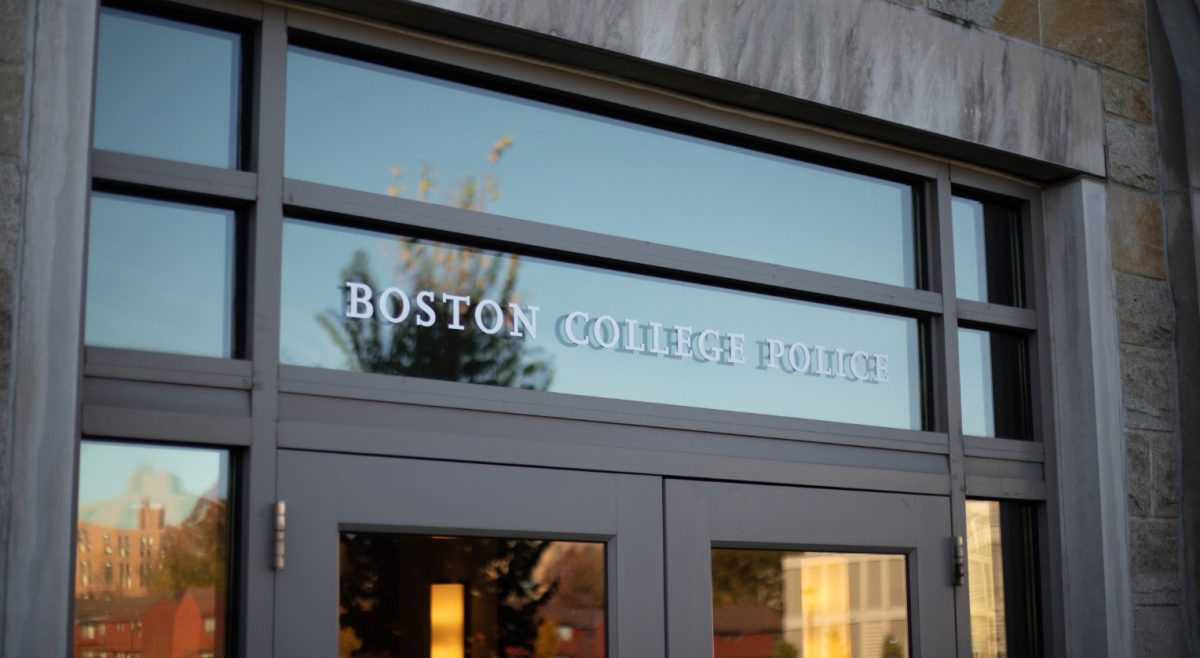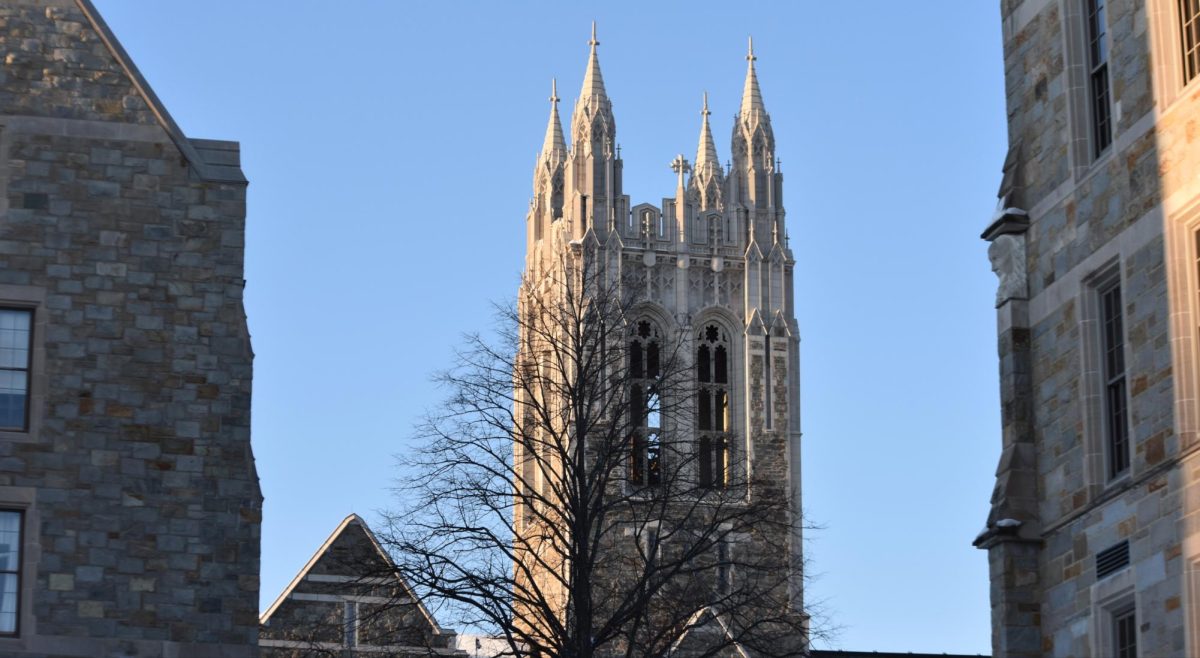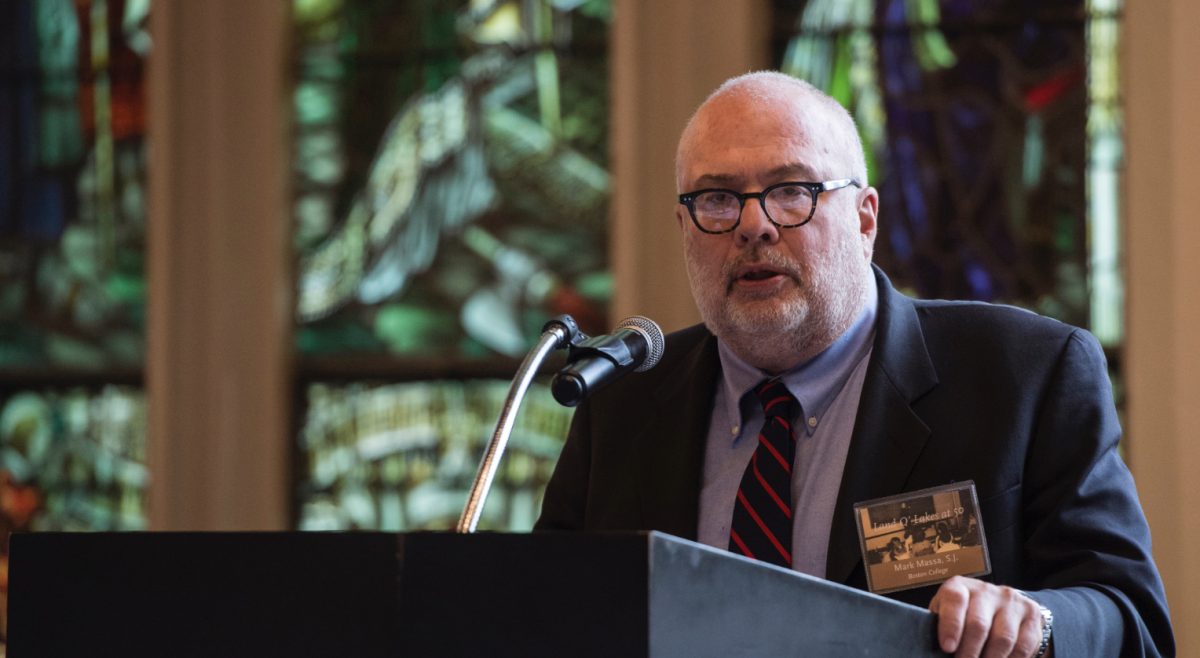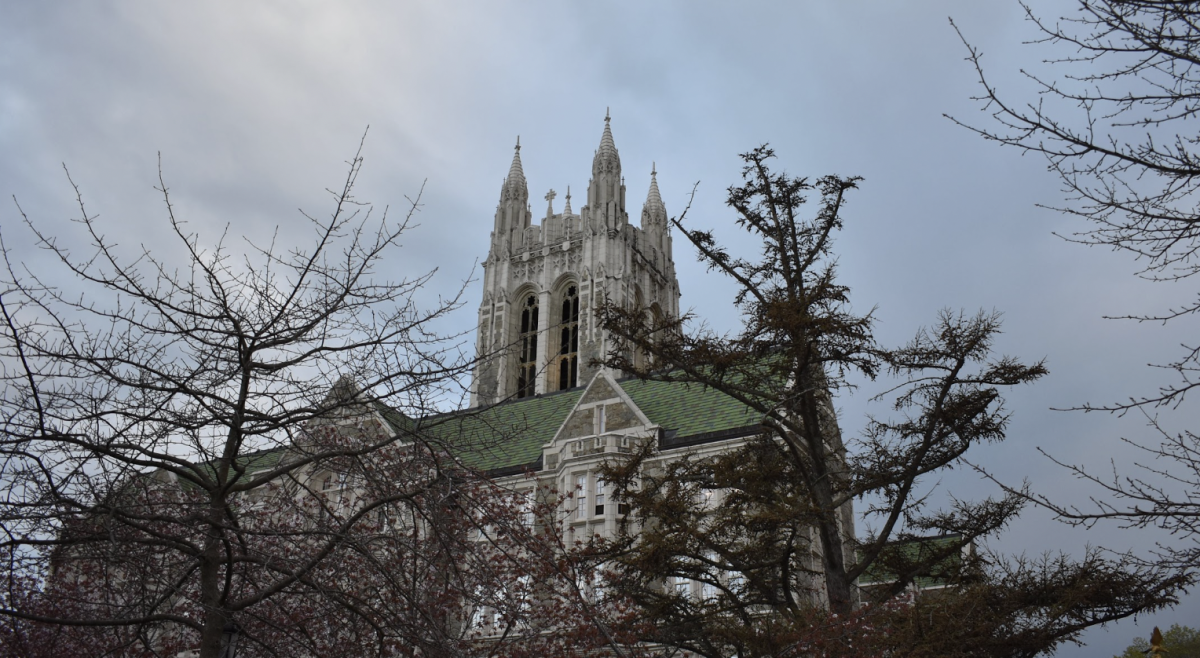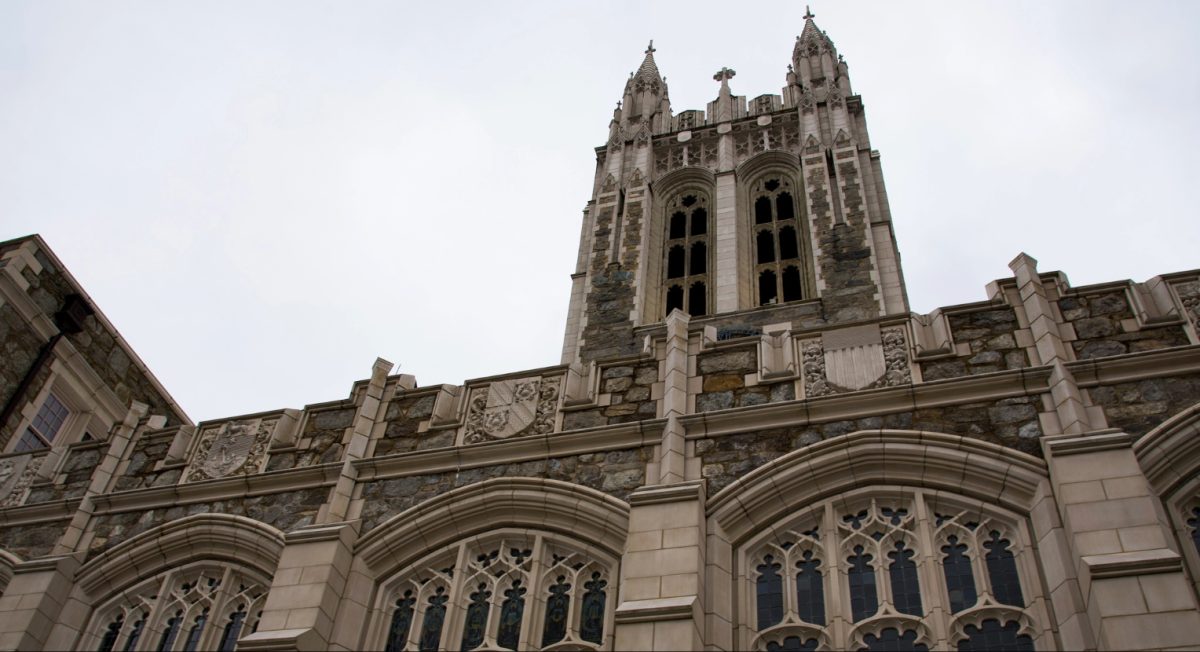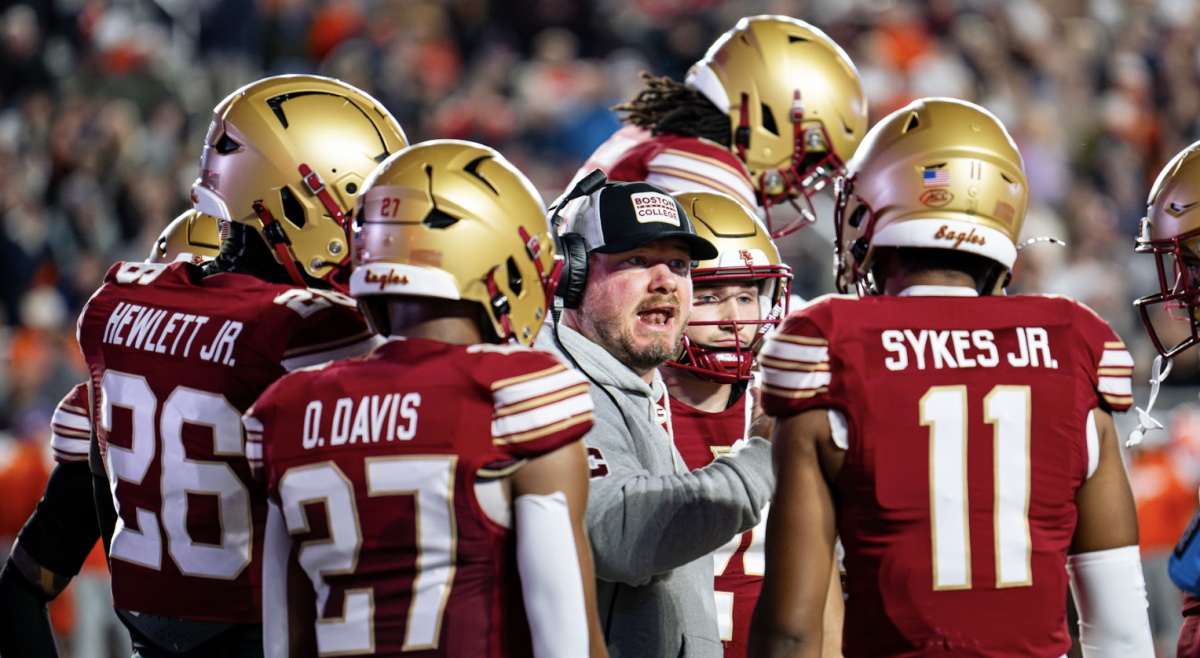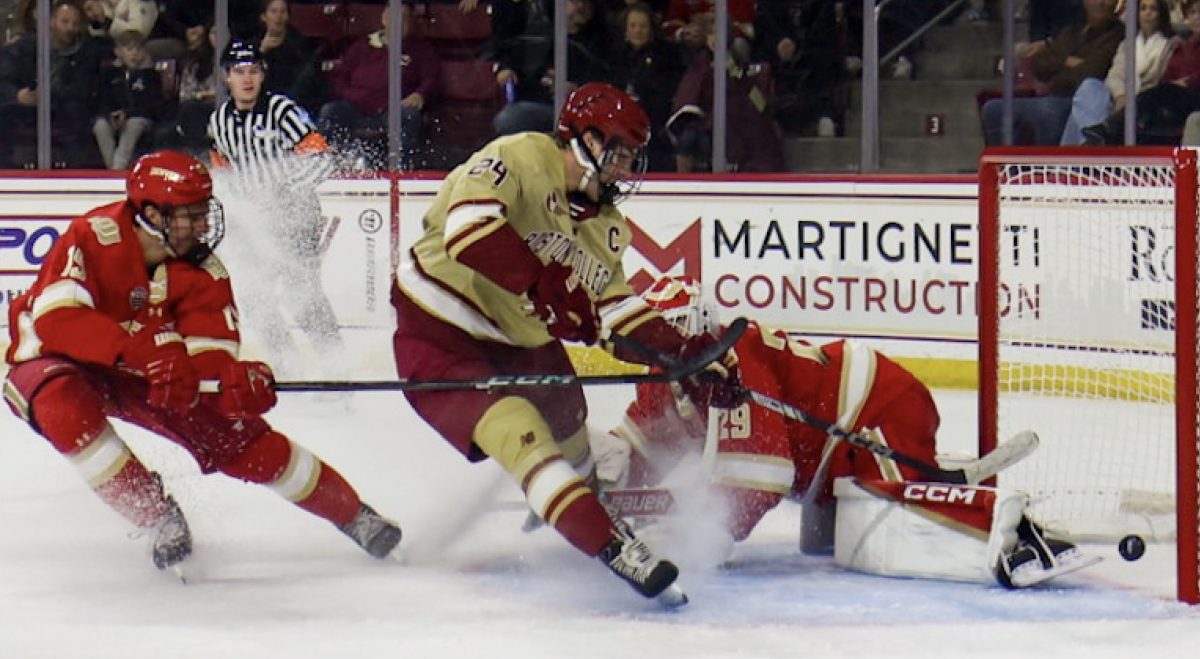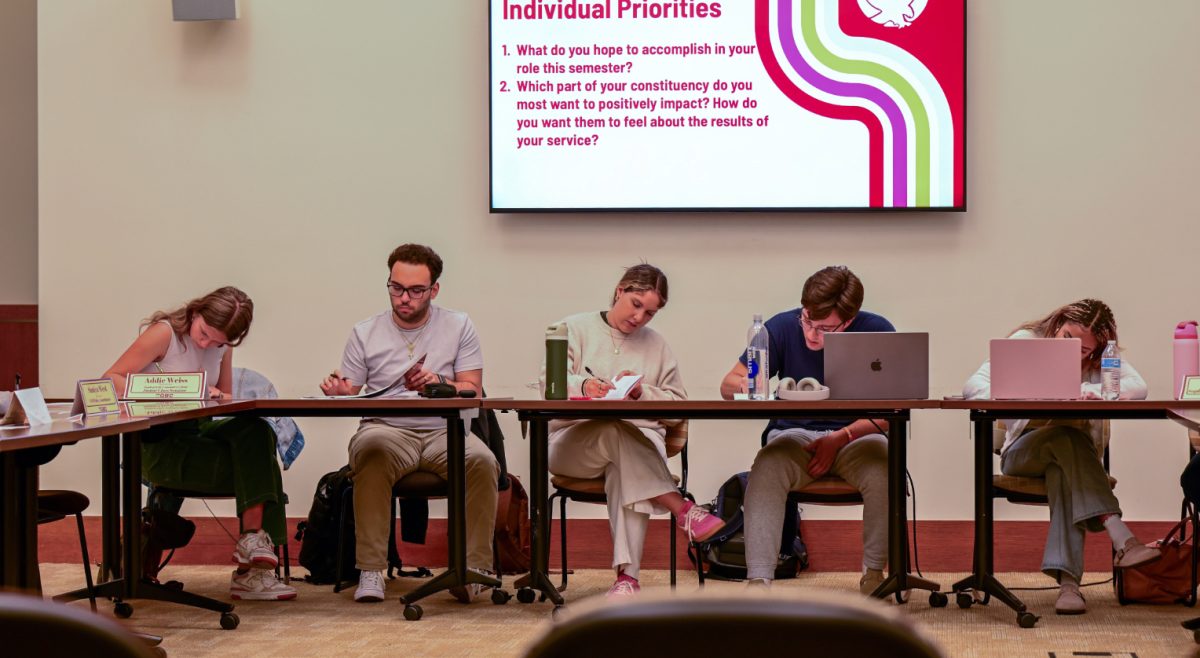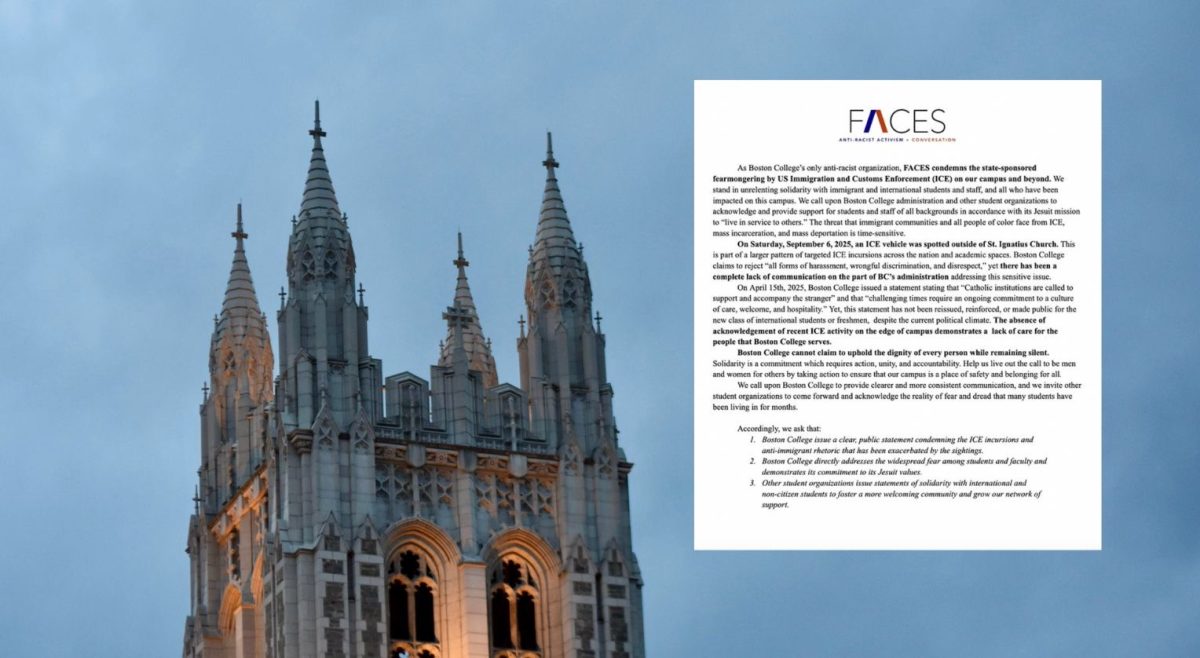During the first week of school every semester, Boston College students are blessed with syllabus week, leaving ample free time for traversing the deep web for cheaper textbook alternatives, clicking through pages of “dorm room essentials,” and calling home to ask for everything that was forgotten. During the first month of school, “PACKAGE RECEIPT NOTIFICATION” may be the most eagerly- awaited email for many students.
There has been a noticeable shift from packing up cars and driving belongings to college to hopping on the plane and leaving the rest to online orders. BC’s mailroom has been behind the scenes of it all.
According to data from BC Facilities Services, the mailrooms have seen, on average, a 15 percent increase in the number of packages handled each year since 2010, while there has not been a significant population increase. The duties of the mailroom have been on the rise since 2007, when third party mailmen were prohibited from accessing dormitories in the aftermath of the mass shooting at Virginia Tech.
“Typically, the first six weeks of every semester, we see a deluge of packages,” said Albert Travaglini, director of Facilities Services and BC ’73. “Everyone moves in. Students are typically not loading up their cars anymore, so they need a bedspread, they call in Amazon—they’re not packing it up and bringing it with them.”
This year, however, the mailroom, most notably Walsh Hall’s new mailroom, was hit especially hard—from BC’s Office of Space Management, from the pure volume of packages received, and from students’ slower response times to picking up packages. With the demolition of Edmond’s Hall, which housed 775 people, came the acquisition of 2000 Commonwealth Avenue and the construction of Thomas More Apartments, which house 490 and 515 people, respectively. Previously, Edmond’s contained the second mailroom on Lower Campus; now, it has been squeezed into Walsh.
The square footage of the Edmonds mailroom was 1,039 square feet—Walsh’s mailroom, even after the Office of Facilities Management took custody of a nearby carpentry room, only occupies 812 square feet. Thus, workers in the Walsh mailroom are operating with about 20 percent less space.
Without the carpentry room that Walsh’s mailroom borrowed, the square footage shrinks to 624, which comes out to 40 percent less space than the mailroom in Edmond’s. The mailroom’s size limitations were heightened in the beginning of the semester, when more people get packages delivered, and the size of those packages is generally larger.
“I mean, this room used to be an apartment,” Manuel Miranda, Walsh Hall’s mailroom staff worker, said. “It is not easy to navigate with so many packages.”

The four mailrooms serving BC are stationed in Stuart Hall, which serves Newton Campus; McElroy Commons, which serves all of Upper Campus; Vouté Hall, which serves Vouté, Gabelli Hall, Ignacio Hall, Rubenstein Hall, 90 St. Thomas More Rd., and Vanderslice Hall; and the newest addition, Walsh, which serves Walsh, Stayer Hall, The Mods, Greycliff Hall, 2000 Comm. Ave., and Thomas More Apartments.
Last year, the Edmond’s mailroom served 2,324 students and received 9,813 packages in the first month of school. This year, Walsh’s smaller mailroom serves 2,590 students and has received 10,665 packages—an average of 367 packages per day.
This is an 11 percent increase in population served, and an eight percent increase in number of packages. This rise in students using the mailroom, decrease in the size of the mailroom, and increase in number of packages created a backlog—meaning that not every package delivered to the mailroom was handled and scanned that same day.
“From Aug. 15 until Sept. 17, we’ve handled a total of 32,676 packages with nine staff people.” Travaligni said. “In addition to which, those nine people are responsible for circulating the interoffice faculty mail every single day back up in delivery, and we’re responsible to pick up and post all outgoing mail for the University. There are nine staff people in total. Doesn’t seem possible, does it?”
Each day, the nine members of the mail staff are responsible for handling the packages that the United States Postal Service (USPS) drops off at the Newton central facility. USPS does not differentiate between Vouté, Walsh, Newton Campus, or McElroy Commons, so it is the mail staff’s job to sort all of the packages into different hampers destined for different mailrooms, then deliver the hampers to the correct locations.
Once at the individual mailrooms, the packages are scanned, students are notified, and the packages are numerically ordered on the mailroom shelves for ease of access. United Parcel Service (UPS), in contrast, delivers directly to mailrooms but has no schedule.
“We might get seven, eight, nine hampers of packages in a morning,” Travaligni said. “We work as diligently and efficiently and patiently as we can, and one by one we scan and report to the student that the package is in our possession. Then, UPS shows up when they show up. And they might have 60 to 70 packages on the truck, and all we can do is sign that we’ve received the 60 or 70.”
It should be noted, Travaligni added, that when an online tracker says that a package has been delivered to BC, it may be just dropped off at the Newton central facility, or it may be waiting for shelf space inside a trailer. His advice to students is to wait for an email informing them that a package has arrived, and is ready to be picked up immediately.
This year, with the smaller room coupled with the increase in packages, not only did Walsh’s mailroom have to borrow a room from housekeeping, but Travaligni also rented a 20-foot trailer to accommodate the influx of packages.
During this chaos, another problem emerged—technology.
The mailroom sends first, second, and third notices to students, informing them that a package has arrived and is ready for pick-up. Amid the record package influx, second and third notices were delayed in getting into the system by IT staff. This caused a delay in package pick-up, congesting the mail room, housekeeping room, and trailer even more.
And when solving this IT problem, a telling discovery was made—this year, students are taking their time to pick up packages.
Travaligni said that last year, students were much more efficient about retrieving their packages. Coupled with this year’s logistical challenges, that hasn’t proved helpful.
“The sheer volume, the delay in second notices, and moving to a smaller space with the same number of personnel, while serving a larger community is all going to lead to growing pains,” he said.
In an effort to keep up with the overflowing packages, Walsh and Vouté’s mailrooms extended their hours last week and this week until 9 p.m. on Monday and Tuesday. The response was tremendous. Last week, mailrooms saw nearly as many students picking up packages from 6 to 9 p.m. as they did from 10 a.m. to 6 p.m.
Their delivery rate essentially doubled. This week, however, the extended hours proved unnecessary as only 30 packages were picked up from Walsh’s mailroom during the night shift, and only three packages were picked up in Vouté Hall’s mailroom between the two nights. As of Sept. 14, the mailrooms were able to get rid of their backlog.
Moving forward, Travaligni will continue his efforts to expand the size of Walsh’s mailroom. He hopes to secure at least another 300 square feet by second semester. This will keep the mailroom more organized, easier to navigate, and running smoothly.
“We need more space,” Miranda said. “We’re here for students. We do the best we can to make sure they have their packages on time, have their books on time. They’re kind kids. These weeks, the volume has just been crazy.”
Featured Image Courtesy of BC Mail Services
Graphic by Kelsey McGee / Heights Editor

